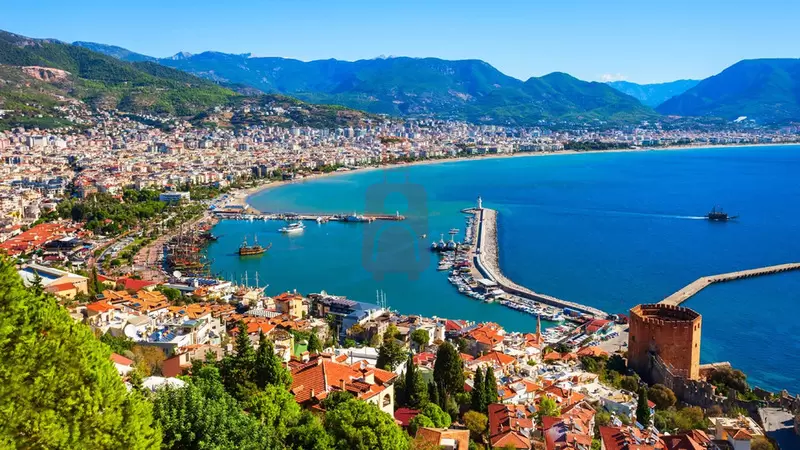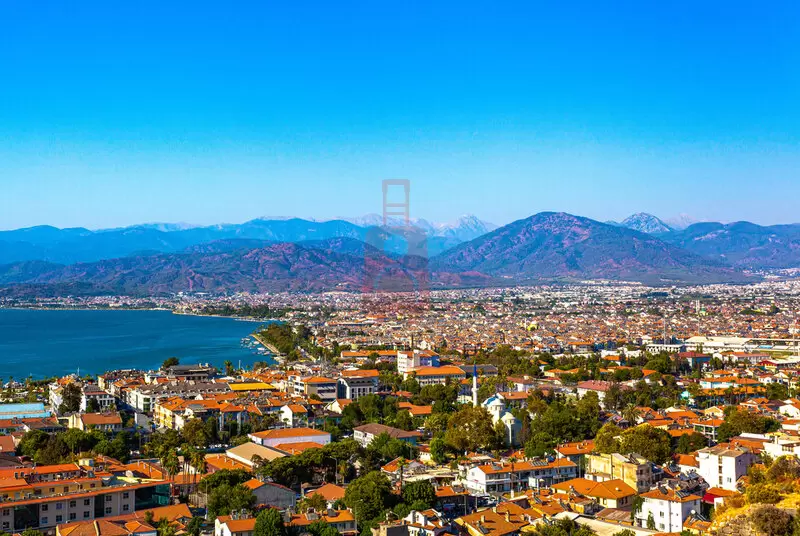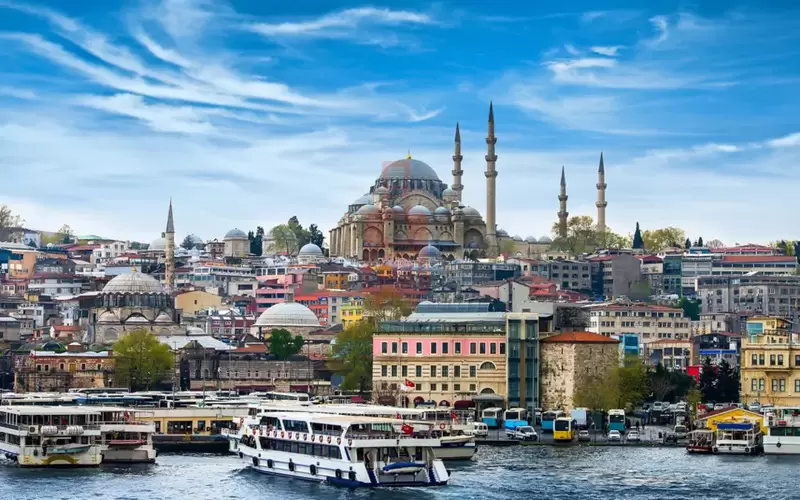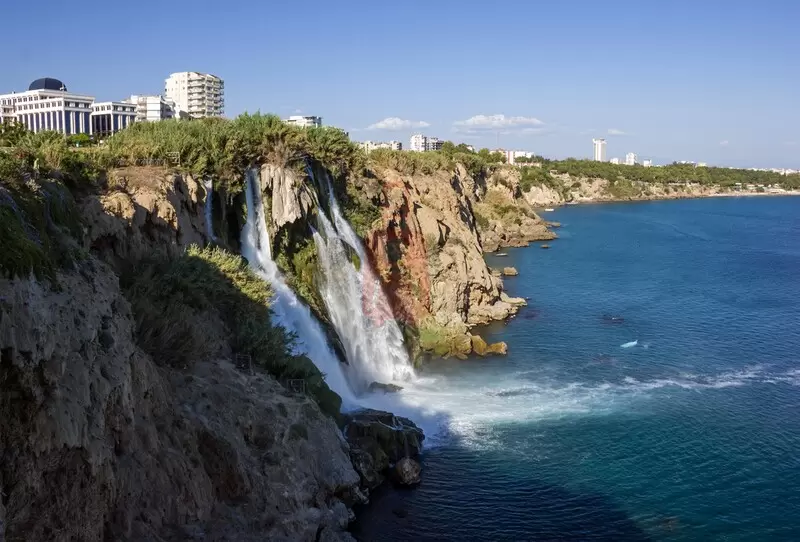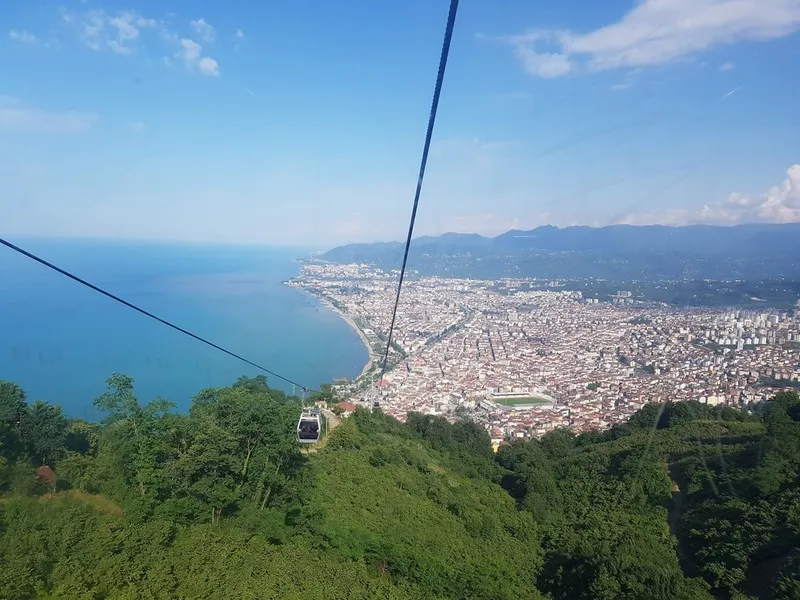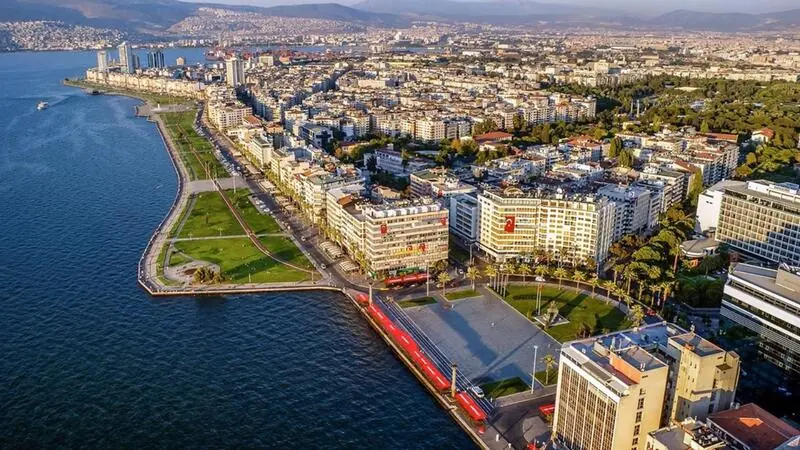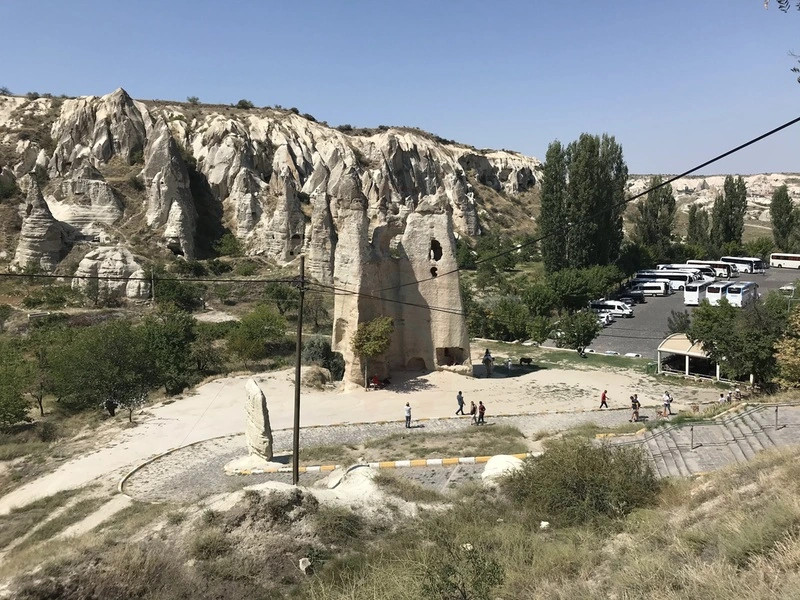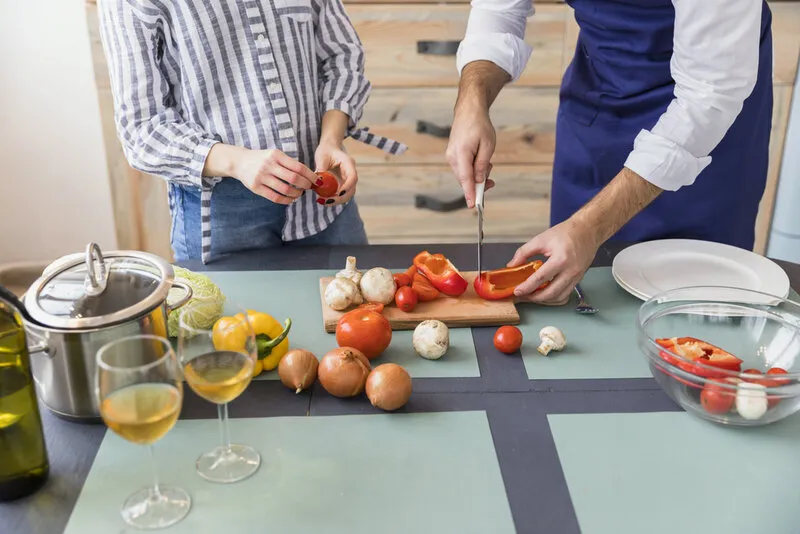
Cooking Classes in Türkiye: Mastering Anatolian Flavors and Global Techniques
A [Cooking Class] in Türkiye offers a tangible way to engage with the nation’s profound cultural heritage. Turkish cuisine, defined by its regional diversity and centuries of imperial influence, is both an art and a social language. Taking a class here is the ultimate souvenir—a skill that travels home with you, allowing you to recreate the tastes of the [Ottoman Palace], the spice routes of [Gaziantep], or the healthy herbs of the [Aegean].
As your professional guide, I confirm that Türkiye’s culinary education market is highly developed, offering everything from professional certification programs to fun, half-day tourist workshops. This detailed guide explores the key culinary hubs, the specialized regional classes, and the top institutions that define the Turkish kitchen experience.
I. Professional Culinary Academies (İstanbul and Ankara)
For those serious about mastering professional cooking or pastry techniques, Türkiye’s major cities host academic institutions that offer internationally recognized certifications.
Istanbul: The Center of Global Cuisine
[İstanbul] is the focal point for professional culinary education, attracting top international chefs and offering diverse course curricula.
- USLA (Uluslararası Servis & Lezzet Akademisi): Türkiye's first international hospitality academy offers intensive [Professional Chef Training] and [Pastry and Bread Making] programs (often 300–450 hours), leading to [MEB-approved certificates]. USLA also hosts specific, multi-hour workshops on global cuisines like [Sushi], [Italian] (Taze Makarnalar), and [Thai] cooking.
- Chef’s İstanbul and MYK Gastro Arena: Located in districts like [Taksim] or [Yeşilköy], these academies focus on professional development, covering everything from basic [Mutfağa İlk Adım] (First Step to Kitchen) programs to advanced [Miksoloji] (Mixology) and [Barista Training].
- Focus: These academies are ideal for career-changers or deep hobbyists, emphasizing technique, international standards, and long-term skill acquisition.
Ankara and Regional Training
[Ankara] also hosts reputable institutions (like [Chef Akademi] with branches in [Çankaya]) that provide professional training and certifications, often at a lower cost of living than Istanbul, making longer courses more accessible.
II. Immersive Regional Cooking Workshops
For travelers seeking a fun, hands-on cultural activity, regional workshops focus on specific, traditional Turkish cuisine using local, fresh ingredients.
Güneydoğu (Southeastern) Spice and Bread
The culinary capital of [Gaziantep] offers indispensable workshops centered around its UNESCO-recognized heritage.
- Baklava and Katmer: Many local bakeries and dedicated workshops teach the art of rolling the paper-thin dough (yufka) required for authentic [Baklava] and the famous breakfast pastry, [Katmer].
- Meat and Spice: Learn to prepare complex regional dishes like [İçli Köfte] (stuffed meatballs) or traditional kebabs, understanding the careful balance of [Antep Fıstığı] (pistachio) and specific dried peppers (isot).
Ege (Aegean) Herb and Olive Oil Cuisine
The Aegean region is the ideal place to learn the light, healthy secrets of the Mediterranean diet.
- Zeytinyağlılar: Workshops in [Urla] or [Alaçatı] focus on [Zeytinyağlı Yemekler] (olive oil-based vegetable dishes), using fresh local herbs (otlar) like radish, purslane, and artichoke. Learn to prepare classic mezes and healthy salads.
- Fish and Meze: Coastal workshops teach the proper preparation of fish and traditional cold appetizers (meze), such as lakerda (marinated fish) and fava (broad bean puree).
Central Anatolian Staples
Classes here delve into Turkish comfort food classics:
- Manti and Pastry: Workshops in cities like [Kayseri] or [Istanbul] (at venues like [Chef's İstanbul]) teach the intricate process of folding tiny [Mantı] (Turkish dumplings) and preparing traditional [Turkish Pastries] and breads.
- Sweet Treats: Learn the delicate balance of syrup-based desserts like [Şerbetli Tatlılar] (e.g., künefe or baklava) or milk-based sweets.
III. Planning and Logistical Tips
Integrating cooking classes into your trip requires flexibility and forward planning:
- Timing and Reservation: Due to high demand, particularly for weekend and evening workshops on popular subjects like [Sushi] or [Italian Cuisine], [advance reservation] is crucial (check specific October 2025 schedules for availability).
- Cost: Tourist workshops are typically short (3–4 hours) and cost-effective, while professional programs (often full-day or multi-week commitments) involve significantly higher tuition fees (often tens of thousands of Turkish Lira).
- Market Integration: The most enriching classes begin with a visit to a local [Market or Bazaar] to select seasonal ingredients, connecting the source of the food to the final plate.
- Certification: If you seek employment in the hospitality sector, opt for courses advertised as [MEB Sertifikalı] (Ministry of National Education certified) or those offered by internationally affiliated academies like [USLA].
A [Cooking Class] in Türkiye is a delightful, hands-on way to take home more than just memories, offering a lifelong appreciation for the complexity and warmth of Anatolian cuisine.
